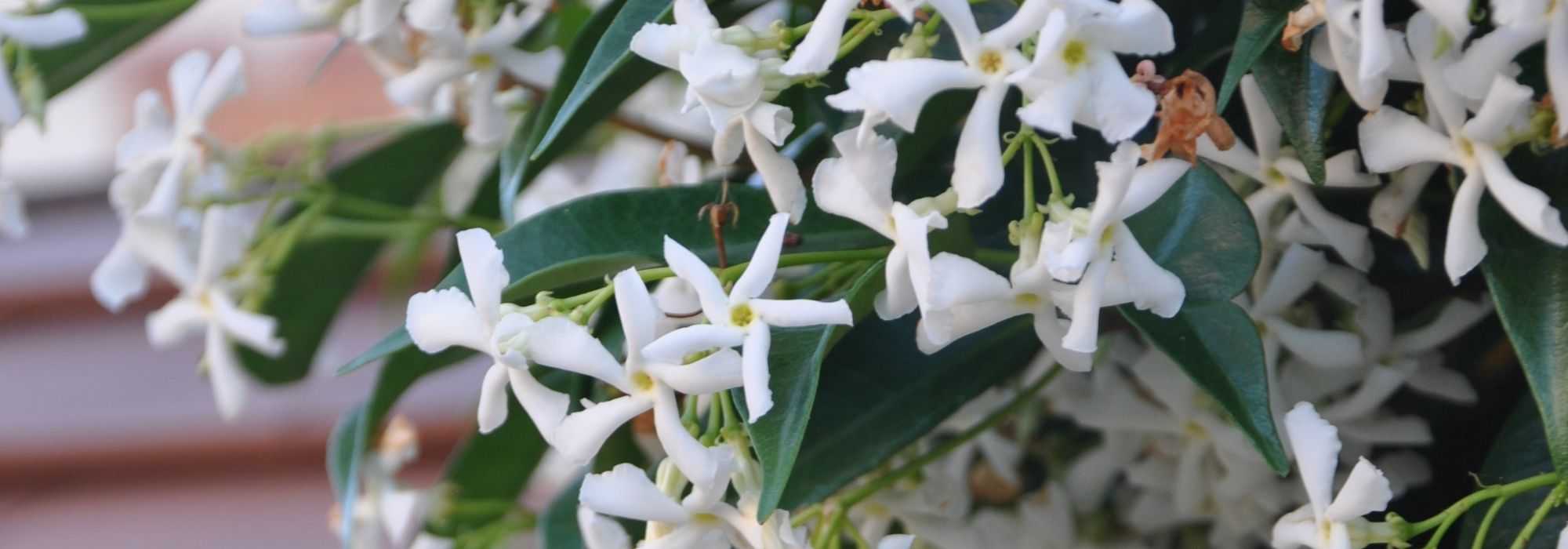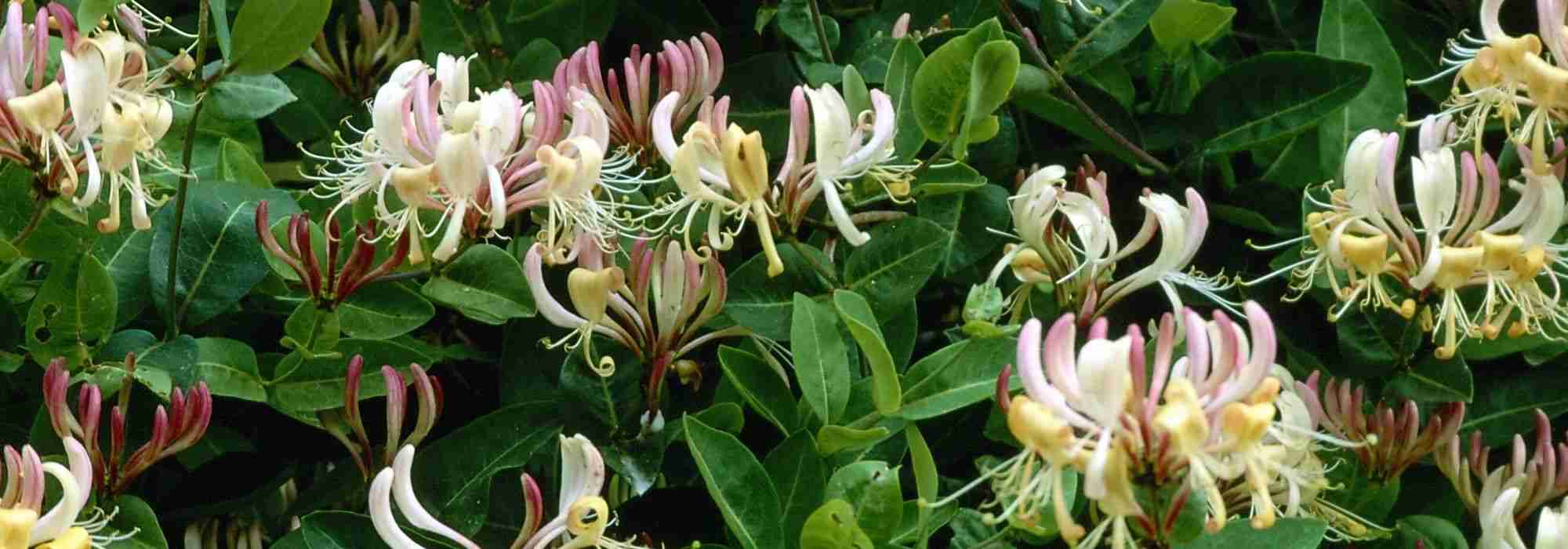

Akebia quinata Alba
Akebia quinata Alba
Akebia quinata Alba
Chocolate Vine
Special offer!
Receive a €20 voucher for any order over €90 (excluding delivery costs, credit notes, and plastic-free options)!
1- Add your favorite plants to your cart.
2- Once you have reached €90, confirm your order (you can even choose the delivery date!).
3- As soon as your order is shipped, you will receive an email containing your voucher code, valid for 3 months (90 days).
Your voucher is unique and can only be used once, for any order with a minimum value of €20, excluding delivery costs.
Can be combined with other current offers, non-divisible and non-refundable.
Home or relay delivery (depending on size and destination)
Schedule delivery date,
and select date in basket
This plant carries a 6 months recovery warranty
More information
We guarantee the quality of our plants for a full growing cycle, and will replace at our expense any plant that fails to recover under normal climatic and planting conditions.
Would this plant suit my garden?
Set up your Plantfit profile →
Description
Akebia quinata Alba, rarer in cultivation than the classic five-leafed Akebia, is a vigorous, elegant and fragrant climbing plant that will thrive on a pergola or in a hedge. This beautiful variety with white flowers charms in spring with its lovely clusters of fragrant flowers, as well as its beautiful dark green foliage that persists on the plant in mild winters. This hardy variety tolerates ordinary, well-prepared soil and prefers a sunny exposure.
Akebia kinata Alba is a very pretty plant with woody stems, native to the temperate forests of Japan, Korea, and China. It belongs to the family of Lardizabalaceae. The plant reaches a height of 6 to 8 m (20 to 26ft) with a spread of 3 m (10ft), and its growth is rather fast. Akebia quinata var. Alba bears, from April to May, beautiful trailing clusters, adorned with bell-shaped flowers, 8-10 cm (3-4in) long, white with a pink centre. Monoecious, it bears both male and female flowers on the same plant: the female flowers being larger. This highly nectariferous flowering exudes a very pleasant vanilla scent. However, the plant is not self-fertile and requires the presence of a second plant nearby to produce fruit. The fruits appear during a hot summer. They have the shape of large swollen and arched beans, which are white in colour. Although edible, they offer a slightly tasteless white flesh, surrounding large black seeds.
The foliage, more or less evergreen in winter, is very ornamental. New leaves appear at the end of flowering. Each leaf is composed of 5 leaflets, elliptical-obovate in shape and medium green in colour. They take on beautiful reddish hues in autumn due to the cold.
Despite its exotic appearance, Akebia quinata Alba is a climbing plant of excellent hardiness, tolerating temperatures as low as -13°C (8.6°F) to -18°C (-0.4°F) in mature specimens. It clings to its support with its stems equipped with tendrils, and can be planted on a pergola, a wall, or in a tree alongside a climbing rose or evergreen honeysuckle, preferably in a sheltered and sunny location.
Akebia quinata Alba in pictures


Plant habit
Flowering
Foliage
Botanical data
Akebia
quinata
Alba
Lardizabalaceae
Chocolate Vine
Akebia quinata 'Shirobana'
East Asia
Other Akebias
View all →Planting and care
Easy to grow, Akebia quinata Alba adapts to all types of soil with a preference for rich and well-drained neutral or acidic soils. It enjoys sunny or semi-shaded situations (avoid full sun in the south). Add an organic fertiliser when planting, and then every spring. It does not require pruning, but will benefit from a spring cleaning after flowering, which will remove the weaker branches. It can grow vigorously, reaching 6 to 8 metres (20 to 26 feet), and it tolerates pruning to reshape it and can even be cut back to the base. Water regularly in case of very dry summer.
Planting period
Intended location
Care
Planting & care advice
This item has not been reviewed yet - be the first to leave a review about it.
Haven't found what you were looking for?
Hardiness is the lowest winter temperature a plant can endure without suffering serious damage or even dying. However, hardiness is affected by location (a sheltered area, such as a patio), protection (winter cover) and soil type (hardiness is improved by well-drained soil).

Photo Sharing Terms & Conditions
In order to encourage gardeners to interact and share their experiences, Promesse de fleurs offers various media enabling content to be uploaded onto its Site - in particular via the ‘Photo sharing’ module.
The User agrees to refrain from:
- Posting any content that is illegal, prejudicial, insulting, racist, inciteful to hatred, revisionist, contrary to public decency, that infringes on privacy or on the privacy rights of third parties, in particular the publicity rights of persons and goods, intellectual property rights, or the right to privacy.
- Submitting content on behalf of a third party;
- Impersonate the identity of a third party and/or publish any personal information about a third party;
In general, the User undertakes to refrain from any unethical behaviour.
All Content (in particular text, comments, files, images, photos, videos, creative works, etc.), which may be subject to property or intellectual property rights, image or other private rights, shall remain the property of the User, subject to the limited rights granted by the terms of the licence granted by Promesse de fleurs as stated below. Users are at liberty to publish or not to publish such Content on the Site, notably via the ‘Photo Sharing’ facility, and accept that this Content shall be made public and freely accessible, notably on the Internet.
Users further acknowledge, undertake to have ,and guarantee that they hold all necessary rights and permissions to publish such material on the Site, in particular with regard to the legislation in force pertaining to any privacy, property, intellectual property, image, or contractual rights, or rights of any other nature. By publishing such Content on the Site, Users acknowledge accepting full liability as publishers of the Content within the meaning of the law, and grant Promesse de fleurs, free of charge, an inclusive, worldwide licence for the said Content for the entire duration of its publication, including all reproduction, representation, up/downloading, displaying, performing, transmission, and storage rights.
Users also grant permission for their name to be linked to the Content and accept that this link may not always be made available.
By engaging in posting material, Users consent to their Content becoming automatically accessible on the Internet, in particular on other sites and/or blogs and/or web pages of the Promesse de fleurs site, including in particular social pages and the Promesse de fleurs catalogue.
Users may secure the removal of entrusted content free of charge by issuing a simple request via our contact form.
The flowering period indicated on our website applies to countries and regions located in USDA zone 8 (France, the United Kingdom, Ireland, the Netherlands, etc.)
It will vary according to where you live:
- In zones 9 to 10 (Italy, Spain, Greece, etc.), flowering will occur about 2 to 4 weeks earlier.
- In zones 6 to 7 (Germany, Poland, Slovenia, and lower mountainous regions), flowering will be delayed by 2 to 3 weeks.
- In zone 5 (Central Europe, Scandinavia), blooming will be delayed by 3 to 5 weeks.
In temperate climates, pruning of spring-flowering shrubs (forsythia, spireas, etc.) should be done just after flowering.
Pruning of summer-flowering shrubs (Indian Lilac, Perovskia, etc.) can be done in winter or spring.
In cold regions as well as with frost-sensitive plants, avoid pruning too early when severe frosts may still occur.
The planting period indicated on our website applies to countries and regions located in USDA zone 8 (France, United Kingdom, Ireland, Netherlands).
It will vary according to where you live:
- In Mediterranean zones (Marseille, Madrid, Milan, etc.), autumn and winter are the best planting periods.
- In continental zones (Strasbourg, Munich, Vienna, etc.), delay planting by 2 to 3 weeks in spring and bring it forward by 2 to 4 weeks in autumn.
- In mountainous regions (the Alps, Pyrenees, Carpathians, etc.), it is best to plant in late spring (May-June) or late summer (August-September).
The harvesting period indicated on our website applies to countries and regions in USDA zone 8 (France, England, Ireland, the Netherlands).
In colder areas (Scandinavia, Poland, Austria...) fruit and vegetable harvests are likely to be delayed by 3-4 weeks.
In warmer areas (Italy, Spain, Greece, etc.), harvesting will probably take place earlier, depending on weather conditions.
The sowing periods indicated on our website apply to countries and regions within USDA Zone 8 (France, UK, Ireland, Netherlands).
In colder areas (Scandinavia, Poland, Austria...), delay any outdoor sowing by 3-4 weeks, or sow under glass.
In warmer climes (Italy, Spain, Greece, etc.), bring outdoor sowing forward by a few weeks.












































